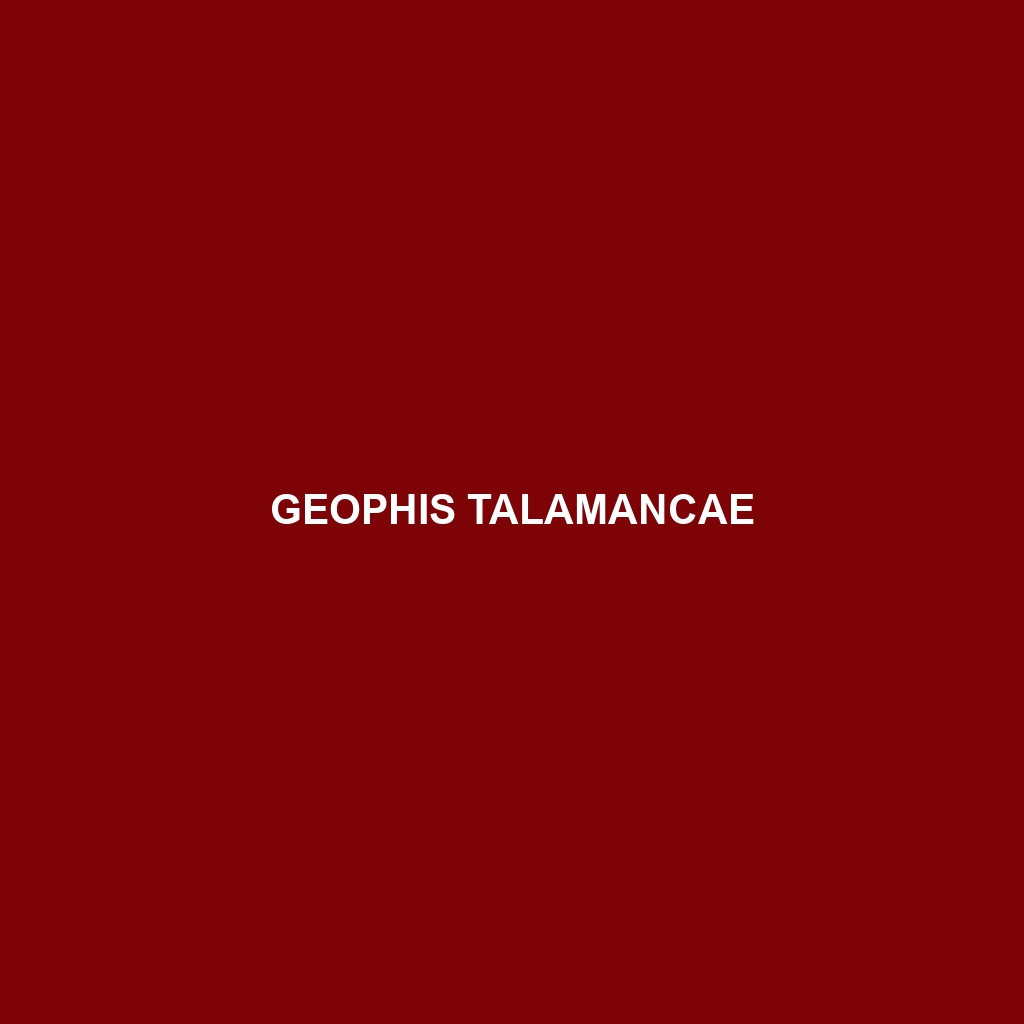Common Name
Geophis talamancae
Scientific Name
Geophis talamancae
Habitat
Geophis talamancae is primarily found in the lush rainforests and montane environments of Central America, particularly in Costa Rica and Panama. This species thrives in humid, tropical conditions, predominantly in areas with well-developed forest cover. The prevalent climate within these habitats features high humidity levels, significant rainfall throughout the year, and moderate temperatures that rarely drop below 15°C. They are also occasionally observed in adjacent savannas, where the transition from dense forest to open grasslands can offer refuge and foraging opportunities. Furthermore, the serpentine’s presence is occasionally noted in temperate forests at higher elevations, where cooler temperatures provide a distinct microhabitat.
Physical Characteristics
Geophis talamancae displays a refined and elongated body characteristic of many species within its genus. Adults can reach lengths of approximately 70 to 100 cm, with some reports noting exceptional individuals growing larger. The coloration typically features a harmonious blend of earth tones, predominantly brown with a distinctive series of alternating dark and light bands running along its back. This patterning serves as an effective camouflage mechanism, allowing the snake to blend seamlessly within its forested surroundings. Notably, it possesses a slender head, a bullet-shaped snout, and smooth scales that enhance its burrowing capabilities, making it a proficient inhabitant of soil-rich environments.
Behavior
As a nocturnal creature, Geophis talamancae exhibits heightened activity during the night. This behavior allows the snake to forage for food while avoiding daytime predators. During their active hours, they can often be observed using their remarkable burrowing abilities to navigate through leaf litter and soil in search of prey. Social interactions are typically limited, though males have been observed engaging in combat rituals during breeding seasons to establish dominance. Additionally, these snakes demonstrate an impressive ability to detect vibrations in their surroundings, aiding them in both prey capture and predator avoidance. Their reliance on environmental cues makes them adaptable inhabitants of their ecological niche.
Diet
Geophis talamancae is primarily a carnivore, feeding predominantly on a diet of small invertebrates and occasionally larger prey. Their diet chiefly consists of earthworms, insects, and other small arthropods, making them significant contributors to controlling pest populations within their ecosystems. The species utilizes its acute sense of smell and ground vibrations to locate food, often swallowing prey whole. Interestingly, juvenile Geophis talamancae can exhibit variability in dietary preferences compared to adults, occasionally incorporating more diverse prey options as they grow.
Reproduction
The reproductive cycle of Geophis talamancae typically occurs during the wet season, aligning with the peak availability of food resources. Mating happens in the early months of the year, followed by a gestation period that can last from 60 to 90 days. Females give birth to live young, with litter sizes generally ranging from 4 to 12 offspring. Interestingly, maternal investment is minimal post-birth, as the young snakes are independent and capable of hunting soon after they emerge. The adaptation of live birth offers these snakes an evolutionary advantage in their humid environment, ensuring higher survival rates in the moist conditions typical of their habitat.
Conservation Status
Currently, Geophis talamancae is classified as Least Concern according to the IUCN Red List. However, habitat destruction due to agricultural expansion and human encroachment poses potential threats to their populations in certain regions. Conservation efforts aimed at preserving rainforests and mitigating the impacts of land use changes are crucial for maintaining healthy populations of this species. Awareness campaigns and habitat restoration projects are essential for ensuring the continued survival of Geophis talamancae and other endemic species in their ecosystems.
Interesting Facts
Geophis talamancae is often referred to as the “Talamanca snake,” drawing its name from the Talamanca mountain range in Costa Rica where it is commonly found. One of the most fascinating aspects of this species is its unique adaptation of a burrowing lifestyle that allows it to thrive in forested environments. Their smooth scales facilitate easy movement through soil, while their coloration offers effective camouflage against potential predators. Additionally, their nocturnal nature reduces competition with diurnal species, allowing them to exploit a niche that few others occupy.
Role in Ecosystem
In its natural habitat, Geophis talamancae serves a crucial ecological role by acting as both a predator and prey within its ecosystem. As a predator, it helps regulate populations of invertebrates, thus contributing to the health of the soil and the overall balance of the forest ecosystem. On the other hand, it serves as a food source for various larger predators, including birds of prey and larger snakes. This duality of function underscores the importance of Geophis talamancae in maintaining the biodiversity and stability of its habitat. Furthermore, their presence indicates the health of their ecosystems, often serving as bioindicators of environmental changes.
